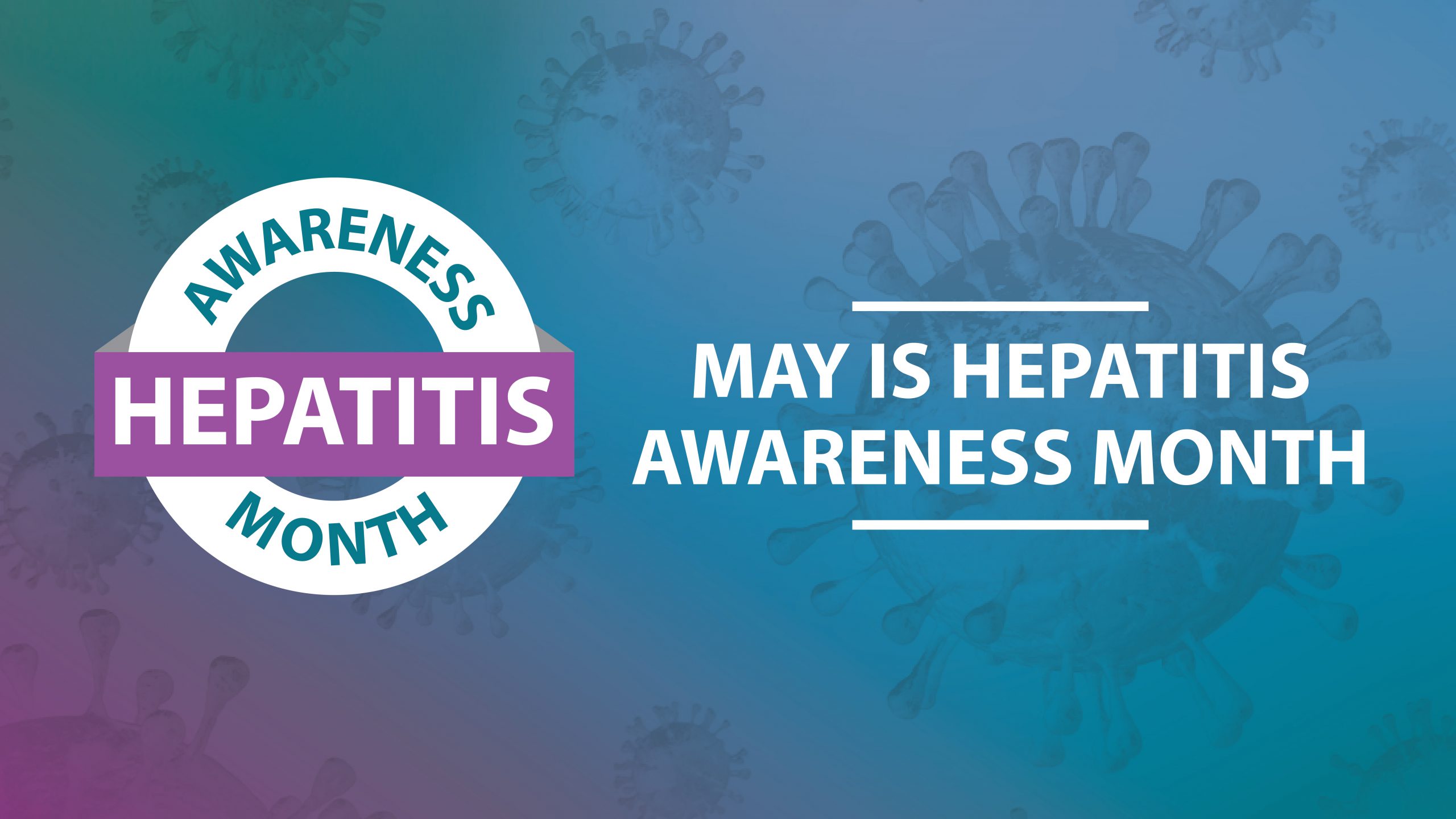
May is Hepatitis Awareness Month, when we focus on raising awareness of viral hepatitis while encouraging testing and vaccination. Knowing your status is the first step in preventing and treating viral hepatitis. Both hepatitis A and hepatitis B are preventable with safe and effective vaccines, and hepatitis C is curable with prescribed treatment.
This year, there are new developments that support the U.S Department of Health and Human Services’ (HHS) Viral Hepatitis National Strategic Plan for the U.S.: A Roadmap to Elimination 2021-2025 goal of eliminating hepatitis B by 2030.
Progress towards eliminating hepatitis B has stalled over the past 10 years due to an increase in new hepatitis B infections among adults aged 40-59 years, primarily driven by the opioid crisis. To counter this, the CDC now recommends hepatitis B vaccination for all adults ages 19-59 in addition to the existing recommendation for all infants and unvaccinated children under the age of 19. Adults aged 60 years and older with known risks factors for hepatitis B may also receive the vaccine.
Increasing access to get more people vaccinated for hepatitis B is a priority for HHS. The recommendations will help to remove barriers such as stigma and discrimination that existed with the previous risk-based recommendation. We must still prioritize vaccinating populations at higher risk for infection and include vaccination services in a variety of settings, such as harm reduction, behavioral health, pharmacy, and HIV and sexually transmitted infections (STI) treatment facilities.
As a physician, I strongly support whole-person care and focused on the interaction between mental, behavioral, and physical health. The Office of Infectious Disease and HIV/AIDS Policy (OIDP) is incorporating hepatitis B into a larger set of conditions including HIV, viral hepatitis, STIs, and substance use disorders.
This interconnection of conditions is also known as a syndemic – multiple interrelated epidemics happening at the same time – which also intersects with mental health, stigma, and social determinants of health. We must look beyond disease-specific conditions to address root causes of poor health outcomes such as access to linguistically and culturally appropriate health care, stable housing, food, and other social determinants of health. The Viral Hepatitis National Strategic Plan compliments the National HIV/AIDS Strategy as well as the STI National Strategic Plan in a coordinated approach to this syndemic.
Join me and experts from across HHS on May 23 from 2-3:30pm EST for a webinar to learn more about the Federal Implementation of the Updated Adult Hepatitis B Vaccination Recommendation. We all must work together to put these new recommendations into action to help prevent new hepatitis B infections, which combined with increased testing, vaccination, and treatment will move us closer towards eliminating viral hepatitis in the United States.



